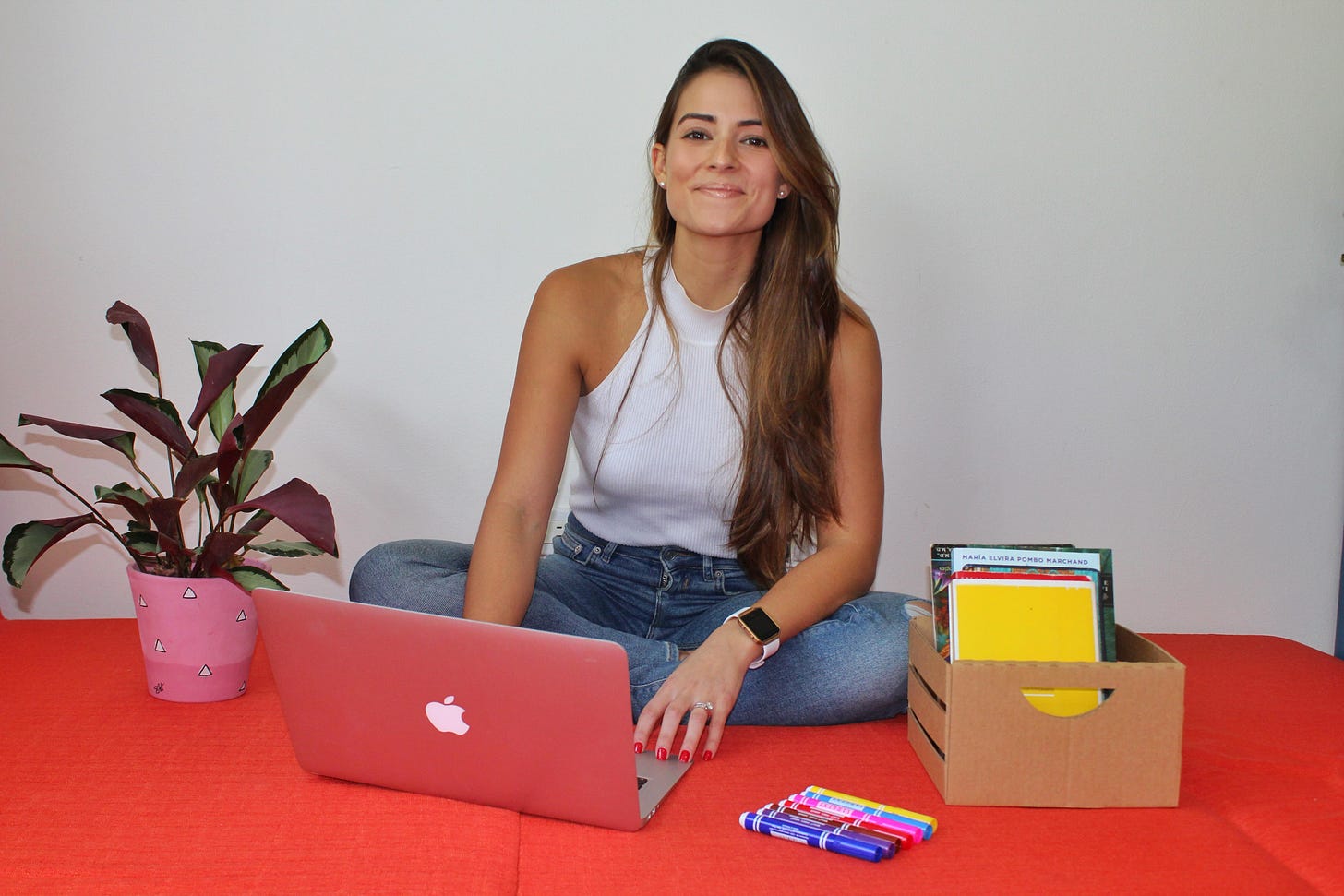Fab Fridays 4: Online Education
Asynchronous vs. Synchronous Online Learning
Hey everyone!
With the rise of new technologies, we are slowly moving away from formal education settings to more self-determined learning pathways.
I’m predicting online education will have a groundbreaking impact on the way we educate future generations.
When I mention this, I often get “the look.”
I get it. As a former school teacher, I had my reservations about online education as well. I had a hard time seeing how virtual learning could address the emotional and social component without face-to-face interactions.
But here’s what I’ve discovered:
The internet is transforming not only the way we learn, but also the way we connect.
Innovative e-learning technologies are making it possible to establish emotional connections virtually and at scale.
I recently listened to Patrick O'Shaughnessy’s podcast with Rebecca Kaden: Thesis Driven Investing and was fascinated to learn about the unique technological solutions that have the potential to transform how people will learn in the future. In case you haven’t bought into the whole “online learning” idea, I recommend you listen to minutes 10:00-20:24 of the podcast.
I realized many people are skeptical about online learning because they associate it with pre-recorded videos, self-guided lessons, and assignments that are meant to be completed independently and submitted for revision.
This approach is known as asynchronous learning, and it’s the most common form of online education today.
While asynchronous learning works well for people that have to juggle work, family, and learning, it doesn’t always offer real-time discussions and live collaboration—essential components of a community that increase learning motivation and engagement.
There’s another approach to online education called synchronous learning, where learning happens in real time. This is the approach I’m exploring.
With synchronous learning, teachers and students from all over the world come together to learn and interact in a specific virtual place at the same time. E-learners engage in meaningful conversations, ask questions, and get feedback instantly through high quality video conferences, interactive webinars, and dynamic chat discussions.
Not only is synchronous online learning highly dynamic and social, but there is also a speed and immediacy component that evokes a similar level of accountability and engagement as classroom attendance. Overall, the live, collaborative experience makes you feel part of a community.
“Synchronous learning represents the dynamic of the traditional classroom, where classwork is ‘live’ and undertaken as a group”— Lambda Schools
Having experienced synchronous learning myself, I can say, it works. And knowing children and the way they learn, I’m betting on synchronous learning as the kind of online experience that will work for them, too.
Kids need real-time active discussions, immediate feedback, and personal contact, making them perfect candidates for a synchronous learning experience.
This is the approach I plan to use for my online course. Take a look here.
As always, I would love to hear what you think.
Until next week!
Ms. Fab


